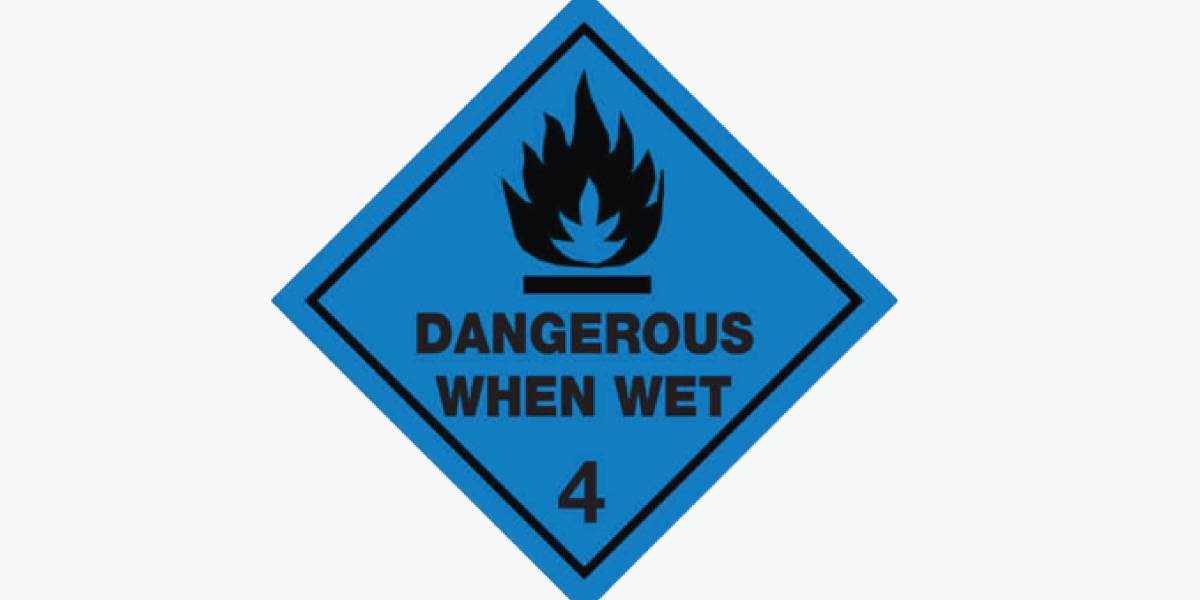There are 9 classes of Dangerous Goods, and we continue our in-depth look at each class. Find our previous blogs here
Flammable Solids; Spontaneous Combustibles; ‘Dangerous When Wet’ Materials
Class 4 goods are divided into 3 areas:
• Flammable solids, Self-Reactive substances, Polymerizing Substances and Solid Desensitized Explosives
• Substances which are liable to spontaneous heating under normal transport conditions, and
• Substances which emit flammable gases when in contact with water
Reason for Regulation
Flammable solids can pose serious hazards due to their volatility, combustibility, and potential in causing or propagating severe conflagrations.
Division 4.1: Flammable solids – are materials which, under conditions encountered in transport, are readily combustible or may cause or contribute to fire through friction.
Examples of Flammable Solids are Sulphur, safety matches, polyester resins, firelighters, naphthalene (moth balls).
Metal powders like aluminium powder are especially dangerous to extinguish as the normal agents used to extinguish fires like carbon dioxide can increase the hazard.
Self-reactive substances are thermally unstable and are liable to undergo a strong exothermic decomposition without the participation of oxygen.
Nitrocellulose is a solid desensitized explosive. Desensitized explosives are explosive substances which have been wetted with water or alcohol to suppress their explosive properties.
Division 4.2: Substances liable to spontaneous combustion- This division is separated into 2 areas called Pyrophoric Substances and Self Heating Substances.
Pyrophoric Substances even in small quantities, ignite within 5 minutes of encountering air. These substances are the most liable to spontaneous combustion
Self-Heating Substances which in contact with air and without additional energy sources can self-heat. They will only ignite in large amounts after a long period of time.
Commonly shipped products in the division include carbon, white phosphorus, copra, and cotton seed.
Division 4.3: Substances which, in contact with water, emit flammable gases, typically hydrogen when in contact with water. These vapours can then ignite. Care should be taken in the event of a fire in choosing what type of fire extinguisher to use.

Examples transported in this division include zinc dust, lithium, sodium, and calcium carbide – used to produce acetylene gas.
Flammable Solid Symbols
Class 4 label symbols required for transportation



If you have any questions on Flammable Solids or require advice on which Dangerous Goods class your products come under, please get in touch with the team at Logicom Hub.

